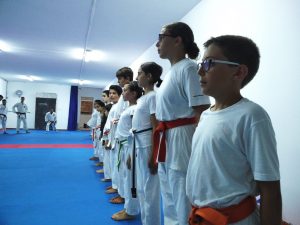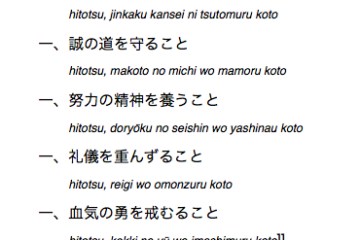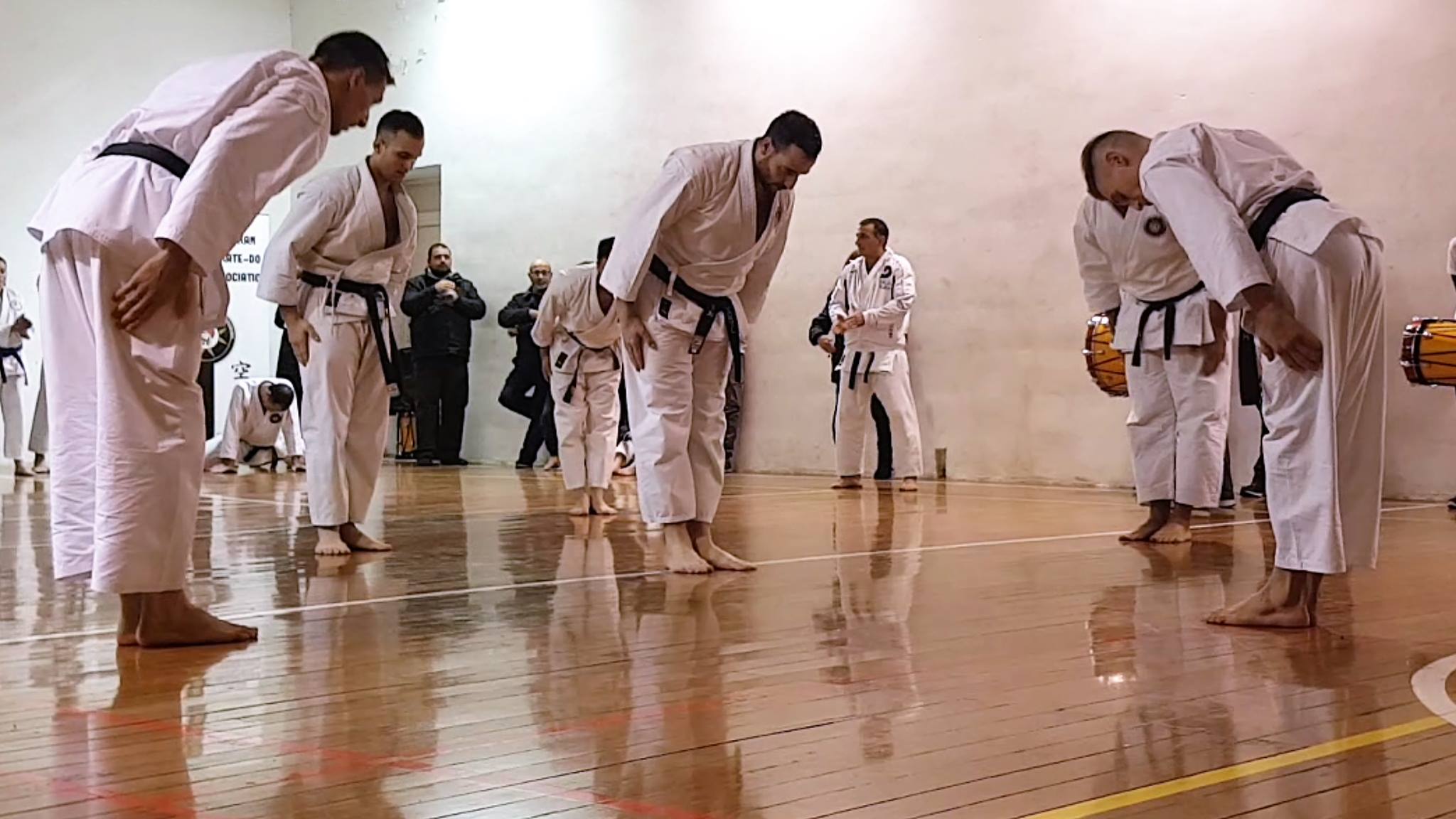Kids
Karate For Kids
Having taught sports for quite a number of years I find that karate has no match as one of the best activities that children should participate in. The more reason is that, Karate provides the basis for a solid foundation for children to form their personality and attitudes. However, one of the most important factors for this setup is providing the right instructor. Children are easily impressed and can be misled to confuse martial arts with aggression, especially if the training consists of dangerous applications intended to hurt others. Clubs that embrace such practice have a high rate of injuries Read more…


